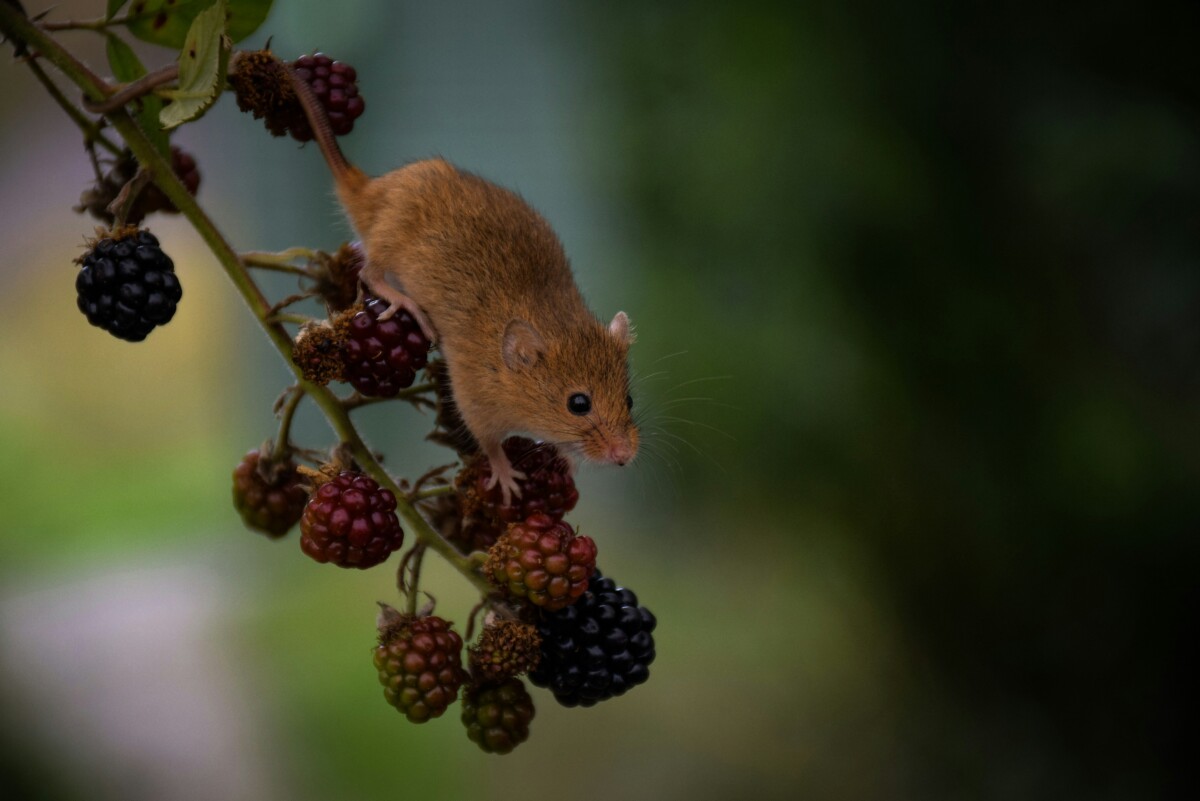Designing Your Garden for Wildlife—But Keeping Them Outside. But, you can keep the animals that visit outside, with clever planning.

Creating a garden that welcomes wildlife is a fantastic way to support biodiversity and enjoy the beauty of nature. By planting the right flowers and shrubs, you can attract birds, bees, and hedgehogs to your outdoor space. Birds will delight you with their songs, bees will pollinate your plants, and hedgehogs will help keep pests in check. However, it’s essential to strike a balance.
While a wildlife-friendly garden is wonderful, you don’t want the creatures that visit to overstep the boundary and find their way into your home. In this article, we’ll explore how to create a welcoming space for outdoor creatures while keeping less desirable houseguests at bay.

Keeping Spiders Out of Your Home
As the weather cools, spiders are likely to seek shelter indoors. They often come inside to escape the cold, and they’re particularly drawn to dark, undisturbed areas like basements, attics, or under furniture. While finding a single spider can be unsettling, it’s worth noting that a true spider infestation is much more than just a stray arachnid.
You may start seeing webs in multiple areas of your home, or worse, egg sacs, which can hatch into hundreds of tiny spiders.To keep spiders out, regularly clean and vacuum these undisturbed spaces. Spider dust, an insecticide specifically designed for spiders, can be applied to entry points and hiding spots to create an inhospitable environment for them.
Insect screens on windows and sealing any cracks or gaps in walls can also help deter them from getting inside.

Keeping Rodents at Bay
As temperatures drop, mice and rats look for warmth and a steady food source, often finding both inside homes. These clever creatures can enter through tiny holes in walls, gaps under doors, or even through the pipes. Once inside, they’ll scavenge for food and often build nests in attics, basements, or kitchen cupboards.
Signs of a rodent infestation include droppings, gnawed furniture or food packaging, and strange scurrying noises, especially at night. Rodents can also carry diseases, making it important to deal with the problem promptly. The safest way to eliminate a rodent infestation is by calling a professional pest control service. Experts can trap or safely remove the rodents and advise on preventing future invasions.

No Ant Colonies Indoors
Ants often enter homes in search of food, especially when they detect sugary or greasy substances. You might notice them gathering around your kitchen counters, sinks, or near rubbish bins. Ants are particularly drawn to cracks in walls, skirting boards, or small gaps in door frames, where they can establish colonies.
To locate the source of an ant problem, follow their trail and check for small mounds of earth near entry points or in dark corners of the house. Ant infestations can grow quickly, so it’s important to act fast. While there are DIY options like bait traps or sealing entry points, calling a pest control specialist is usually the most effective way to fully eradicate an ant colony and prevent it from returning.
Your garden can be a haven for wildlife like birds, bees, and hedgehogs, but it’s important to keep certain species from moving indoors. By taking preventive measures and calling in professional help when necessary, you can enjoy a harmonious relationship with nature without turning your home into a haven for less welcome creatures like spiders, rodents, and ants.


